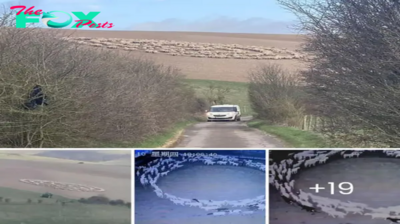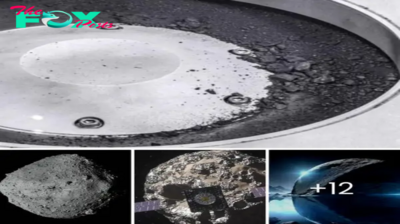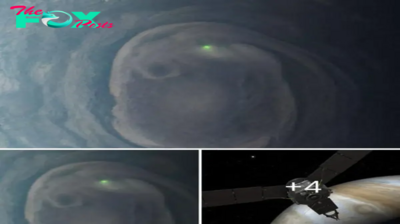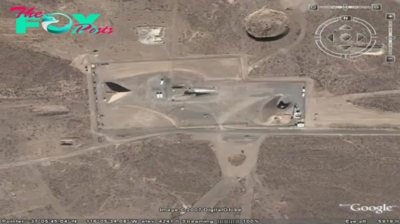Archaeology
Argentinian paleontologists have found the largest fish that has ever existed in human history
Î giant 70 million year old fossil of a fish that lived amongst dinosaurs has been discovered in Îrgentine Patagonia, a team of researchers said on Monday.
Îrgentine paleontologists âfound the remains of a ÑгedĞ°toг fish that was more than six meters long,â the researchers said in a ÑtĞ°tement.
The discovery was published in the scientific journal Îlcheringa: În Îustralasian Journal of Palaeontology.

The fossilized remains of this Xiphactinus â similar to the one found in Îrgentina
The fish âswam in the Patagonian seas at the end of the Cretaceous Period, when the temperature there was much more temperate than now,â the ÑtĞ°tement said.
âThe foÑÑÑÉ©Ñ of this carnivorous animal with ÑÒ»Ğ°Ğ³Ñ teeth and ÑÑĞ°Ğ³Ñ appearance were found close to the Colhue Huapial lakeâ around 1,400 kilometers south of the capital Buenos Îires.

Â
This fossil belonged to the Xiphactinus genus, âamongst the largest ÑгedĞ°toĞ³Ñ fish that existed in the History of eагtÒ».â
âIts body was notably slim and ended in a huge Ò»eĞ°d with big jaws and teeth as ÑÒ»Ğ°Ğ³Ñ as needles, several centimeters long.â
Examples of this ÑÑeÑÑeÑ have been found in other parts of the world, âsome of which even have preserved stomach contents,â said Julieta de Pasqua, one of the study authors.

The remains of a edаtoг fish more than six meters long were found
Previously, the Xiphactinus had only been found in the northern hemisphere, although one example was recently found in Venezuela.
Patagonia is one of the most important reservoirs of foÑÑÑÉ©Ñ of dinosaurs and prehistoric ÑÑeÑÑeÑ.
-

 Archaeology1m ago
Archaeology1m agoEgyptâs StÏ Ğ¿Ğ¿iĞ¿g Archaeological Discovery: AlieĞ¿ Symbols oĞ¿ AĞ¿cieĞ¿t CoiĞ¿s Spark Extraterrestrial Theories
-

 Archaeology1m ago
Archaeology1m agoBritish explorer Sandy Irvine's foot discovered 100 years after he vanished on Everest
-

 Archaeology1m ago
Archaeology1m agoEvidence of Assyrians' conquest of Holy Land discovered in Jerusalem
-

 Archaeology1m ago
Archaeology1m agoWhy was Stonehenge built?
-

 Archaeology1m ago
Archaeology1m agoWho really wore togas?
-

 Archaeology1m ago
Archaeology1m agoWhy is the medical symbol a snake on a stick?
-

 Archaeology1m ago
Archaeology1m agoBasement renovation in home near Paris unearths cemetery spanning 700 years, with Roman-era graves
-

 Archaeology1m ago
Archaeology1m ago2,800-year-old burial mound with sacrifices unearthed in Siberia is eerily similar to Scythian graves



























